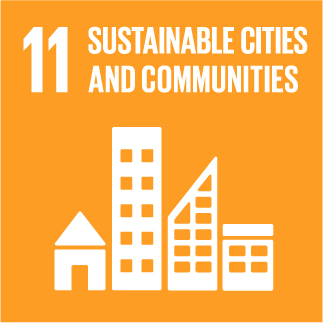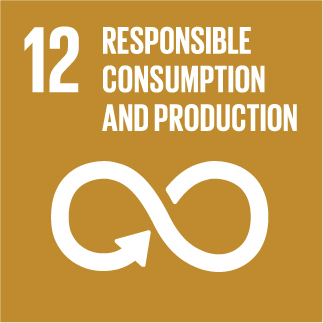Integrated manufacturing of REciclable multi-material COmposites for the TRANSport sector
Recent Advances in Next?Generation Textiles
This review highlights next?generation textiles, covering thermal and moisture management, protective functionalities, interactive sensing, energy harvesting, and luminous displays. It discusses how advancements in materials science, nanotechnology, and electronics enhance textile performance and functionality, broadening applications in healthcare, defense, and wearable technology.Textiles have played a pivotal role in human development, evolving from basic fibers into sophisticated, multifunctional materials. Advances in material science, nanotechnology, and electronics have propelled next?generation textiles beyond traditional functionalities, unlocking innovative possibilities for diverse applications. Thermal management textiles incorporate ultralight, ultrathin insulating layers and adaptive cooling technologies, optimizing temperature regulation in dynamic and extreme environments. Moisture management textiles utilize advanced structures for unidirectional transport and breathable membranes, ensuring exceptional comfort in activewear and outdoor gear. Protective textiles exhibit enhanced features, including antimicrobial, antiviral, anti?toxic gas, heat?resistant, and radiation?shielding capabilities, providing high?performance solutions for healthcare, defense, and hazardous industries. Interactive textiles integrate sensors for monitoring physical, chemical, and electrophysiological parameters, enabling real?time data collection and responses to various environmental and user?generated stimuli. Energy textiles leverage triboelectric, piezoelectric, and hygroelectric effects to improve energy harvesting and storage in wearable devices. Luminous display textiles, including electroluminescent and fiber optic systems, enable dynamic visual applications in fashion and communication. These advancements position next?generation textiles at the forefront of materials science, significantly expanding their potential across a wide range of applications.

» Publication Date: 05/01/2025

This project has received funding from the European Union's Horizon 2020 research and innovation programme under grant agreement Nº 768737


